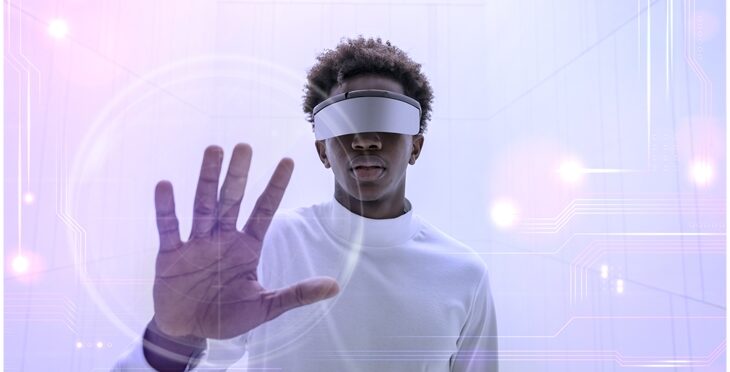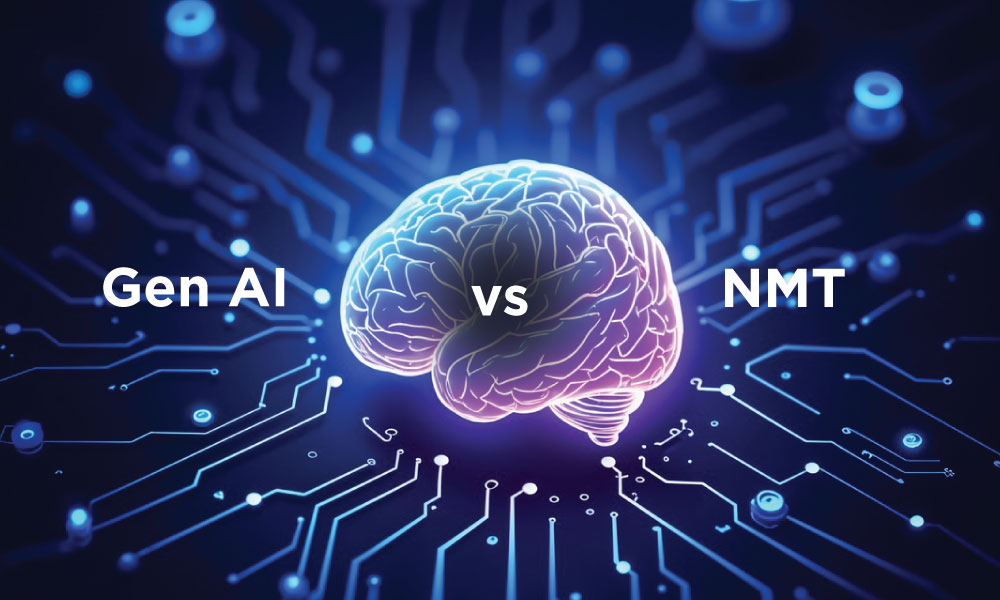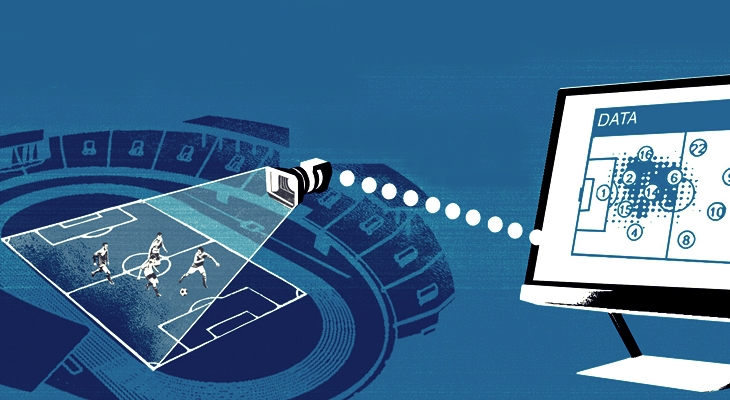Introduction to Human Augmentation Technology
Human augmentation refers to technologies that increase human productivity. It also improves or restores the human body or mental capabilities. Its goal is to improve the human experience in both cognitive and physical ways. It is still a hazy concept. But, advancements in this technology will improve critical areas. These areas are human health, quality of life, and performance.
The advancements in modern technology have led to the development of human augmentation technology. It improves our ability to operate and perceive our surroundings. Moreover, human enhancement is the next big thing.
Miners use wearables to improve worker safety. The adoption of data and apps to improve learning or new experiences. Also, nanorobotics and performance-enhancing surgery are a few of the applications.
Examples of devices that aid in having enhanced sensory capabilities using Human Augmentation technology are as follows
- Google glasses for viewing AR content.
- Next-generation implants for hearing ability.
- Limb devices that enhance muscle capability
- Wearable devices, such as watches or bracelets connect the human body to external data sources. These sources may be audio, visual, or textual.
Human Augmentation Subtypes
Replication of Human Abilities
The replication category includes human augmentation technology that restores or replicates human abilities. For example, hearing aids for the deaf or prosthetic limbs for the disabled, etc.
Replication also aids in providing equal opportunities for those who have experienced an accident or illness. Also, it helps those who were born with inadequacies and face daily challenges. Moreover, the devices used in this study provide extensive psychological support to their users.
Supplementing Human Ability
This category includes human augmentation technology that improves one's ability to do things. For example, these could be devices that boost one's strength, improve one's vision. This also pushes them beyond their natural limits or devices that boost their intelligence. The human enhancement that strengthens our physical or mental limitations has revolutionary potential. It will also improve our culture and our prospects.
Exceeding Human Ability
Exceeding refers to the technology that allows us to perform tasks beyond our physical capability. This also includes typical superhero abilities such as the ability to fly. The ability to breathe underwater, the ability to detect chemicals through the nose, etc.
This type of augmentation may be the most fascinating. But it is also the most distant and will take a long time to develop. Also, a significant part of its current applications finds a place in the military or specific industries.
Real-Life Applications of Human Augmentation
Super Glove
Human augmentation is the use of technology to improve human functions. Extending the power in your hands is a fun example. One such example is RoboGlove, created by General Motors. This glove increases the wearer's power. Sensors on the glove's fingertips also give the wearer feedback on what they're sensing.
GM wants to use the glove in their manufacturing facilities. But, the glove isn't brand new. The team had collaborated with NASA on the Robonaut. Robonaut is in use on the International Space Station since 2011.
Smart Glasses And Contact Lenses
The vision sector continues to benefit from technological advancements. It also makes the world more accessible to the visually impaired. Start-up Envision creates software for blind and visually impaired people. It includes object recognition and video calling. The Google Glass 2 glasses are used to run the software.
This is first for people who are blind or have poor vision, but it can find application in businesses too. Employees can work anywhere in a factory, stockroom, or any workplace. They will receive information or instructions through sight or hearing.
Wristband Buzz
The Wristband Buzz is currently available from NeoSensory. It converts sound into vibrations. After a while, your brain improves its ability to interpret vibrations. According to the firm, you have now added a "new sense." The company's initial focus is on patients with hearing disorders who are deaf. Although one might be able to change the input to detect a variety of other things.
Naked Prosthetics
Naked Prosthetics is an artificial prosthetics company. It creates durable and custom prosthetic devices. These are specially made for people who have lost their fingers. The company's mission is to enrich the lives of people who have had their fingers amputated. It provides them with useful and functional finger prostheses.
Skylight
Skylight is an Upskill platform that has partnered with Google. It also develops smart glasses for aviation engineers. The glasses aid in tightening B-nuts, which are an important component of jet engines. To prevent the engine from failing, it's critical that these are properly tightened.
When a worker tightens a B-nut, the Skylight glasses help to detect it. It adopts a torque wrench connected to the WiFi to ensure that a B-nut gets fastened properly.
Teslasuit
Teslasuit is a human-to-digital interface. It uses wearable haptic technology to simulate the experience and improve the user's skills. The suit can also regulate the wearer's temperature, provide haptic feedback, and track the wearer's movements. Despite the fact that this technology is currently used for VR immersion, the concept used in its development can easily be linked to human augmentation technology.
Hololens
It's an untethered mixed reality device with collaboration-enhancing apps and solutions. Moreover, the user can visualize and manipulate objects in holographic form using this device. Gaming, employee training, and 3D computer-aided design and collaboration are a few of the industrial and commercial applications.
Neuralink
Another of Elon Musk's projects is Neuralink. A neurotechnology firm whose goal is to develop a brain-computer interface (BCI). If the project succeeds, people will be able to interact with computers on a neural level. Despite the fact that this project is still in its early stages, it shows a lot of promise in making it a reality.
eSight
The eSight is a wearable device. It looks like glasses and allows blind people to see their surroundings. The device also has front-facing cameras that capture the environment in near-eye quality. It then displays this data on a screen in front of the user's eyes.
Bioprinting
Bioprinting is the process of using 3D printing to create organic tissues. This includes organs, bones, skin, etc.
This technology is still in its infancy. But, it has the potential to transform the medical industry and how we view healthcare in general.
Zapata Flyboard Air
It is a hoverboard that uses turbojet engines for propulsion. The user stands on top of the hoverboard like a skateboard or surfboard. Also, the board can travel at speeds of up to 140 kilometers per hour in the air. So far, the technology has been very costly.
SolarEar
It is a company that makes hearing aids that are low-cost. They are also solar-rechargeable and environment-friendly. It enables people who are hard of hearing or near-deaf to have affordable hearing aids.
Conclusion
Physical and cognitive human augmentation will become more common in the near future. Employees will also try to benefit from this tech. They will unfurl these personal improvements to improve their office environment. Moreover, it would result in a new consumerization effect.
There are five main areas that all businesses should focus on before adopting this tech. They are security, data privacy, government and regulatory compliance, any potential impacts on long-term mental and physical health, and also serious ethical issues. We need to determine how to manage this new technology as it expands. We should fixate on how we can use it in an effective and positive manner.





